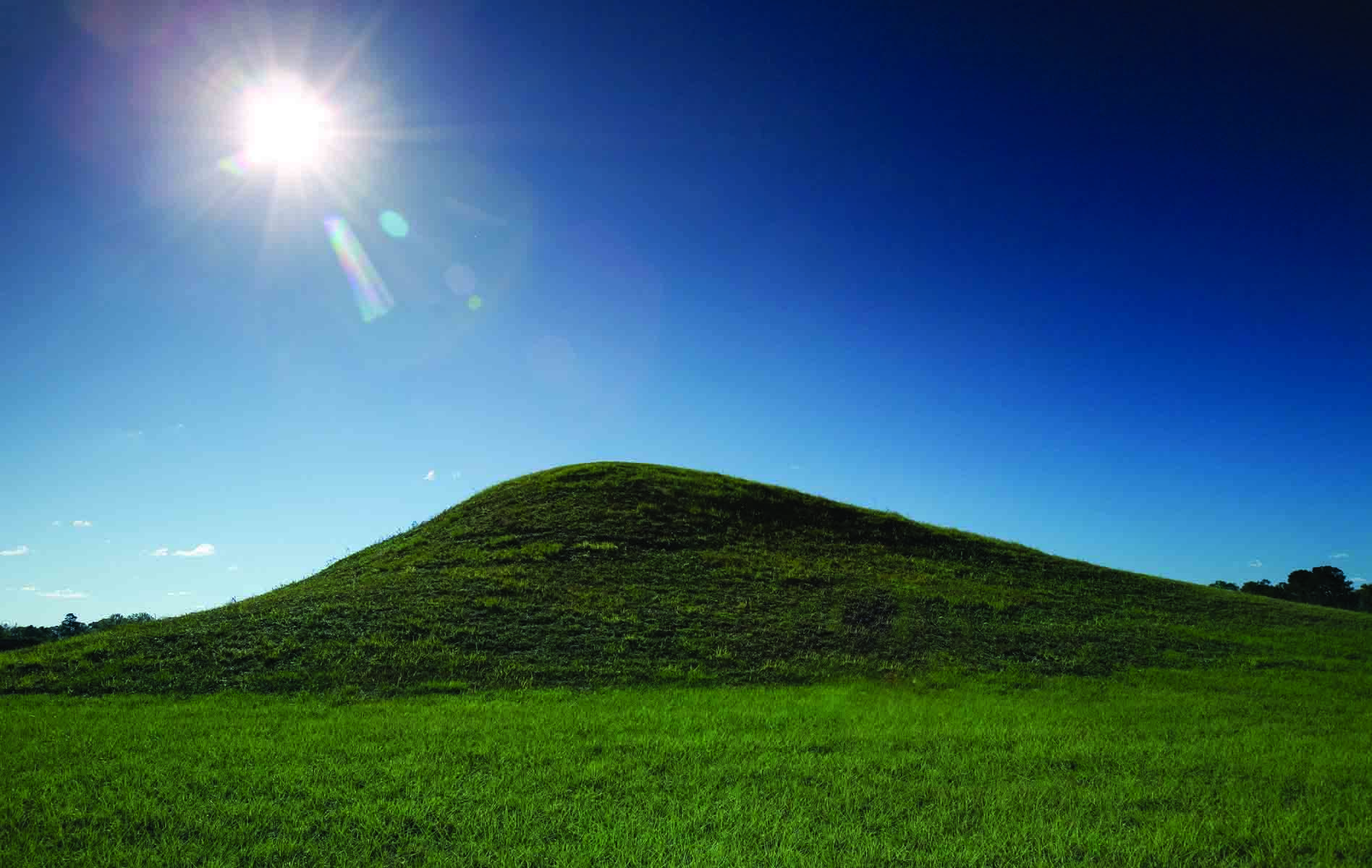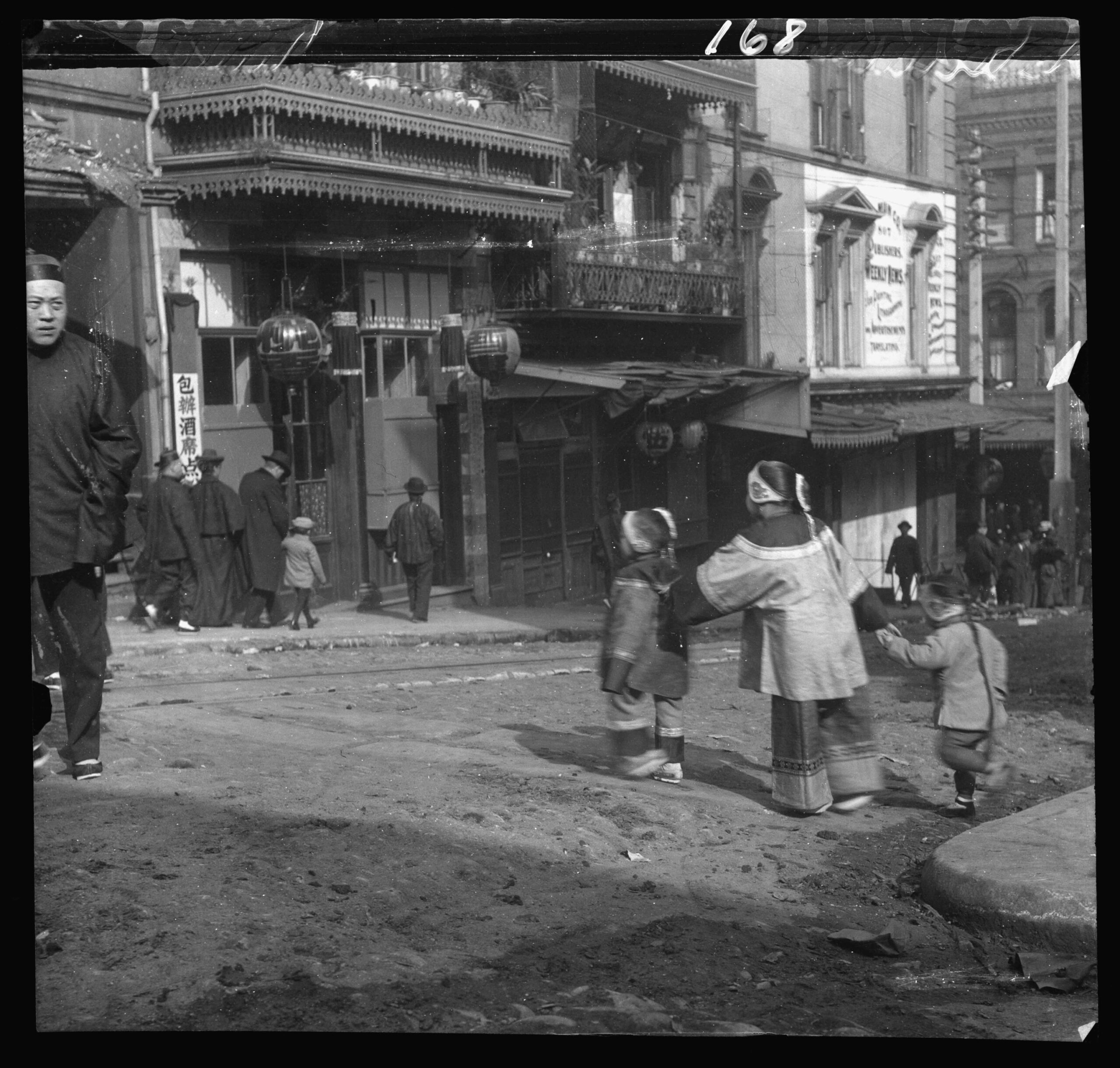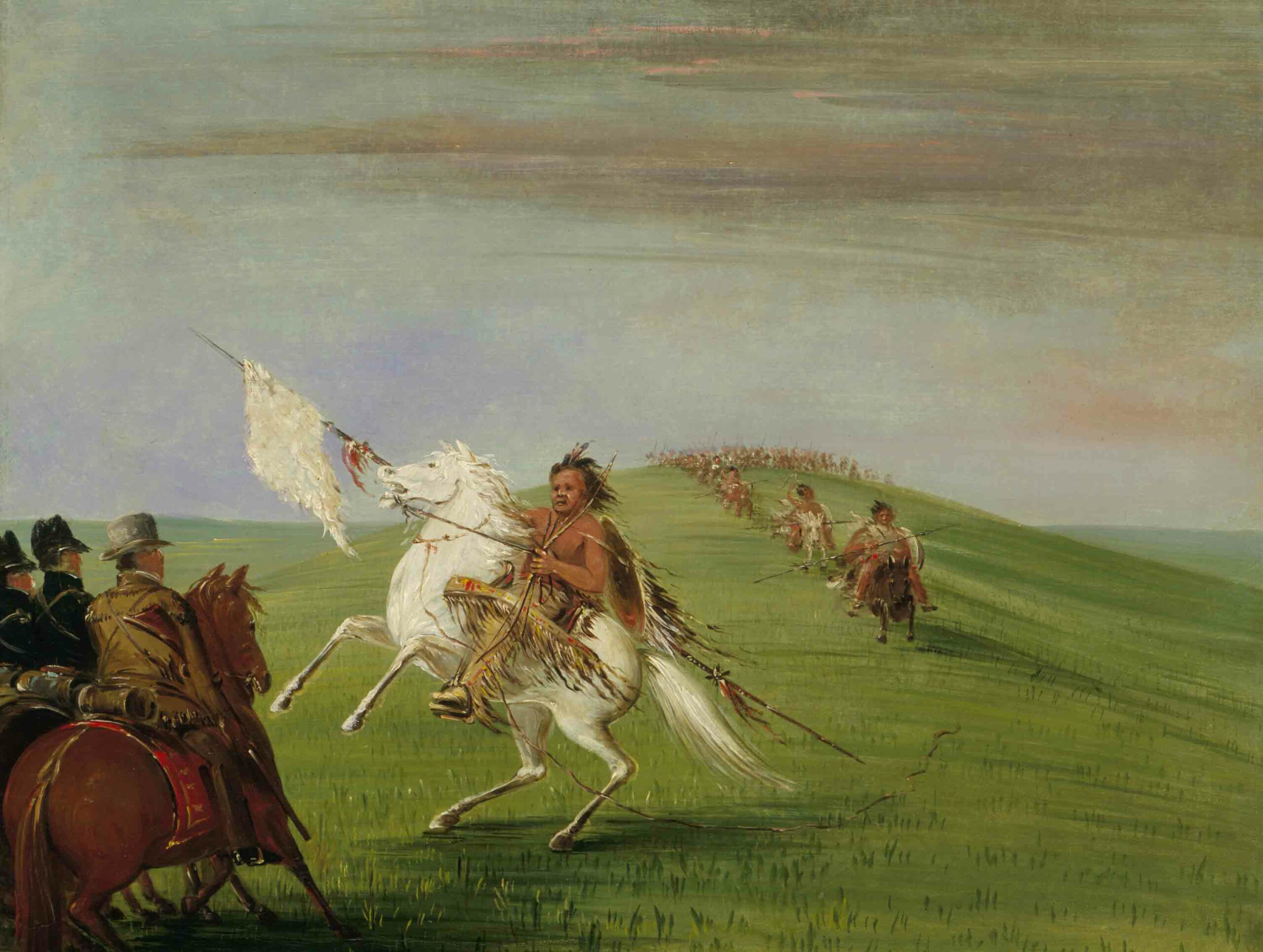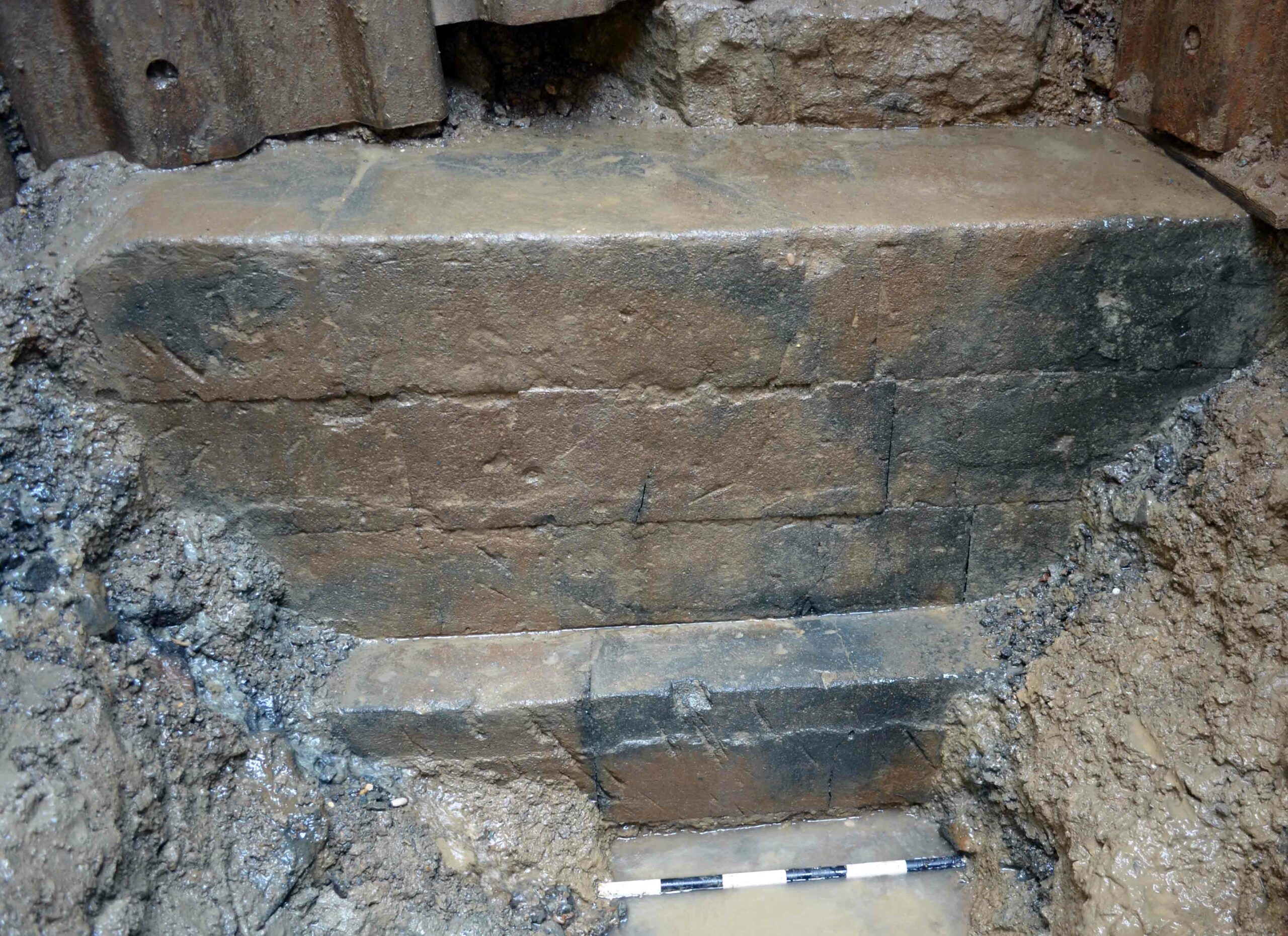
More than 1,200 years ago, a group of Caddo Indians called the Hasinai established a village in present-day Cherokee County, Texas, where they found good soil, a teeming forest, and nearby springs. Today the site, known as Caddo Mounds State Historic Site, is one of the best known and intensively investigated Native American sites in Texas. It is the southwesternmost ceremonial center of the Mound Builder culture, who flourished in the woodlands to the east from 1000 B.C. to A.D. 1550. The site was abandoned in the thirteenth century, but its spirit lives on in the modern Caddo Nation based in Oklahoma and in the name “Texas,” which comes from a Caddo word meaning “friend.” Archaeologist Brett Cruse of the Texas Historical Commission says, “It was a major early Caddo center, and perhaps no other Caddo site has had as great an impact on what we know about them.”
The site
Visitors today can see three earthen mounds and a large portion of where the village was situated, estimated at more than 110 acres. Two mounds are platform temples that were used for political and religious ceremonies. The third is a burial mound containing several dozen tombs of community leaders, some of whom appear to have been accompanied by sacrifices. The associated village includes residences of common people, granaries, and garden plots. Archaeologists have learned a great deal about Caddo culture from excavations at the site. For example, residences in the village, dating to as early as A.D 850, were organized into compounds with small courtyards. The form persisted for several hundred years, demonstrating great continuity in Caddo community and social organization. Within special areas near the temple mounds, excavators have also uncovered evidence of a series of large public buildings that probably served as temples, council or clan houses, and perhaps residences of community leaders. Outside these areas were smaller houses that had been built and rebuilt in the same place for generations. A self-guided tour of the site can take about an hour, and there is a visitor’s center museum that exhibits about 200 artifacts, including pottery, tools, and weapons.

While you’re there
Six miles west of Caddo Mounds is Mission Tejas State Park, a 660-acre park with camping, hiking, and fishing, as well as a representation of Mission San Francisco de los Tejas, the first Spanish mission in the province of Texas, established in 1690. Just 18 miles away is a depot of the Texas State Railroad, which runs historic train engines and cars several days a week. The historic downtown of Nacogdoches, 26 miles away, offers several historical museums, food, shopping, and nightlife.











